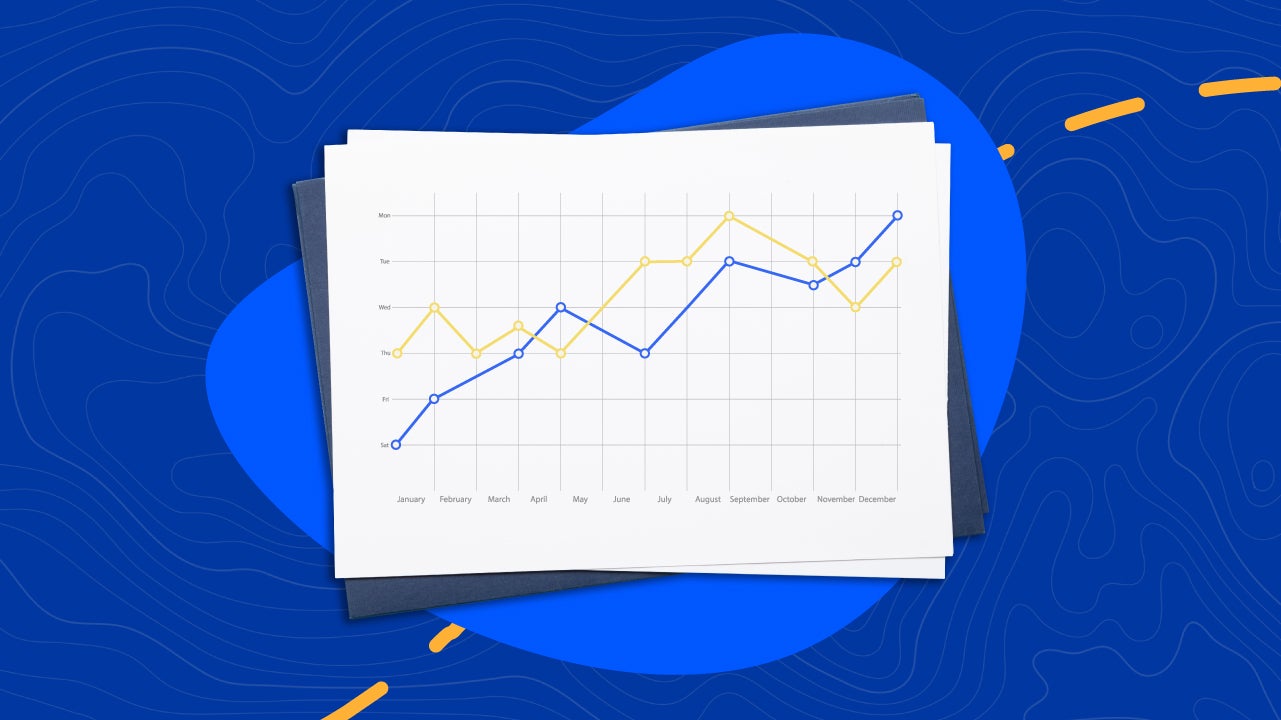Building a Low-Cost Portfolio with Index Funds: A Step-by-Step GuideBuilding a low-cost portfolio with index funds is an effective and accessible strategy for investors seeking broad market exposure with minimal fees. Index funds are investment vehicles that aim to replicate the performance of a specific market index, such as the S&P 500. In this article, we will guide you through the process of constructing a low-cost portfolio using index funds, focusing on key steps such as asset allocation, fund selection, and portfolio diversification. By following these steps, you can create a well-diversified portfolio that tracks the market while keeping expenses low.
- Determine Your Asset Allocation A. Risk Tolerance: Assess your risk tolerance by considering your investment goals, time horizon, and comfort with market volatility. Conservative investors may lean toward a higher allocation of bonds, while aggressive investors may favor a higher allocation of stocks.
- Asset Allocation Mix: Determine the ideal mix between stocks, bonds, and other asset classes based on your risk tolerance and investment objectives. A common approach is to use a combination of domestic and international index funds to achieve diversification across geographical regions.
- Selecting the Right Index Funds A. Broad Market Index Funds: Start by selecting broad market index funds that provide exposure to different asset classes. Consider funds that track widely recognized indexes such as the S&P 500 for U.S. stocks, the Total Stock Market Index for broad market exposure, and the Barclays Aggregate Bond Index for fixed income.
- Expense Ratios: Pay attention to expense ratios, which represent the annual fees charged by the fund. Look for index funds with low expense ratios, as they directly impact your portfolio’s overall cost. Vanguard, Fidelity, and Schwab are known for offering low-cost index funds.
- Fund Performance and Tracking Error: While past performance does not guarantee future results, reviewing a fund’s historical performance and its ability to closely track its benchmark index can provide insights into its effectiveness.
- Fund Size and Liquidity: Consider the fund’s size and liquidity to ensure efficient trading and minimize bid-ask spreads. Larger funds generally have more liquidity, which translates into tighter spreads and better execution prices.
III. Achieving Portfolio Diversification A. Market Cap and Sector Diversification: Include index funds that cover different market capitalizations, such as large-cap, mid-cap, and small-cap stocks. Additionally, diversify across various sectors to reduce concentration risk.
- Geographic Diversification: Consider international index funds to gain exposure to global markets. Investing in both developed and emerging markets can help spread risk and capture potential growth opportunities.
- Bond Market Diversification: Include bond index funds with different durations and credit qualities to diversify your fixed income holdings. This diversification can help mitigate interest rate risk and credit risk.
- Rebalancing: Regularly review your portfolio and rebalance as needed to maintain your desired asset allocation. Rebalancing involves selling or buying assets to realign your portfolio back to the target allocation. This ensures that your portfolio remains aligned with your risk tolerance and investment goals.
- Portfolio Maintenance and Monitoring. Periodic Review: Regularly review your portfolio to ensure it continues to align with your investment objectives. Consider rebalancing if any asset class deviates significantly from its target allocation.
- Cost Efficiency: Monitor the expense ratios of your index funds and evaluate if there are lower-cost alternatives available. Switching to lower-cost funds can reduce expenses and enhance portfolio returns over the long term.
- Stay Informed: Stay updated on market trends, economic conditions, and changes in the index fund landscape. Keep yourself informed about any adjustments or updates to your selected index funds.
Building a low-cost portfolio with index funds is an effective strategy for investors seeking broad market exposure and cost efficiency. By determining your asset allocation, selecting the right index funds with low expense ratios, achieving diversification, and regularly monitoring your portfolio, you can construct a well-balanced and low-cost investment portfolio. Remember that investing involves risk, and it is essential to conduct thorough research and consult with a financial advisor to ensure your portfolio aligns with your specific financial goals and risk tolerance. With careful planning and a disciplined approach, you can build a low-cost portfolio that aligns with your long-term investment objectives.

